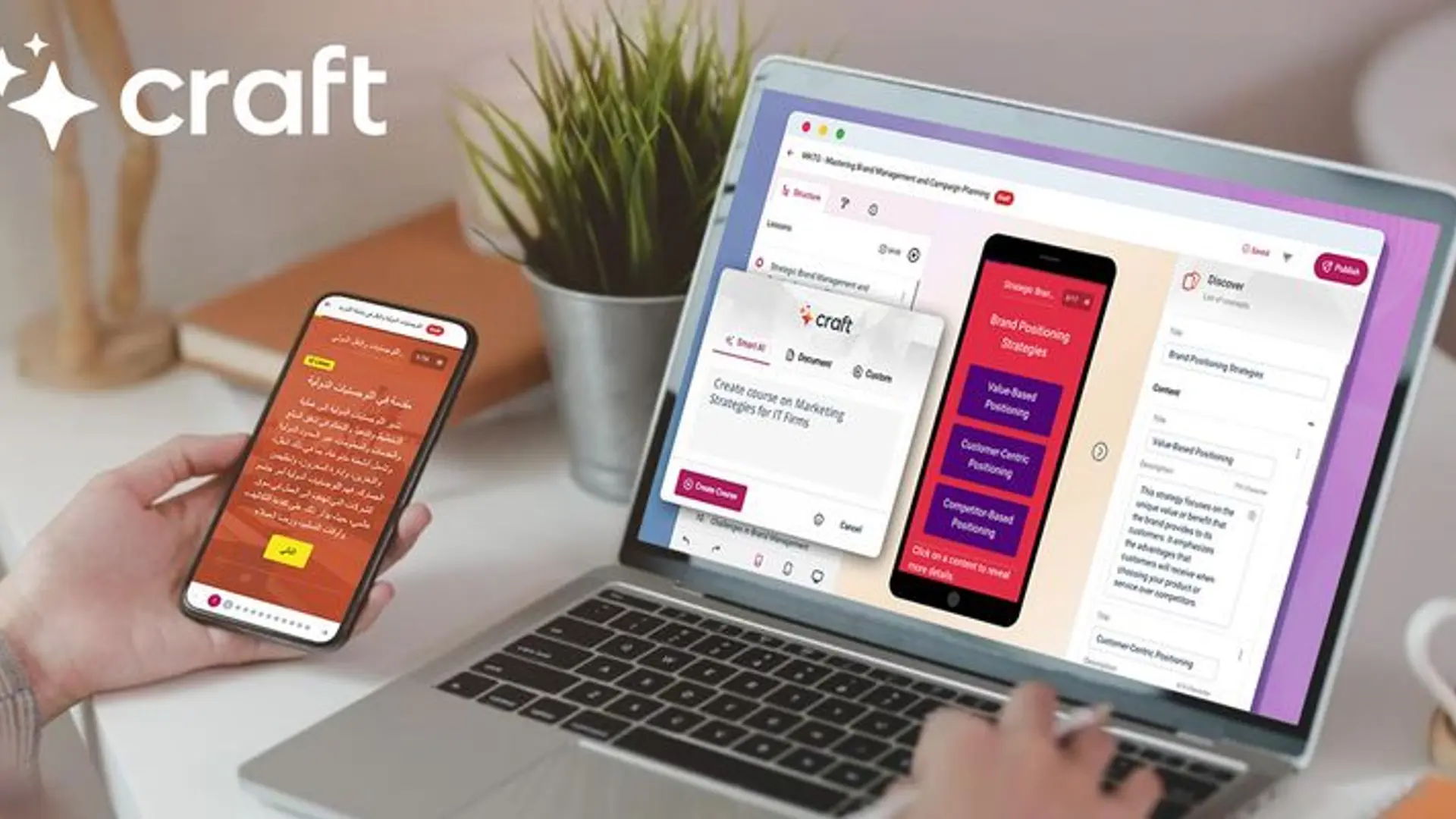Strengthen the enabling infrastructure to catalyse the manufacture of IoT devices in India
As part of India Electronics and Semiconductor Association (IESA), I have advised and mentored startups, including many in the IoT space. It’s a pleasure to see the how the sector has grown in the past few years, The primary objective of IESA is to act as a catalyst for the growth of the Indian Electronics System Design and Manufacturing (ESDM) industry, and support the development and promotion of Made-in-India products for the global markets. Our goal for 2016 is to go all out to build the IoT ecosystem in India.
IoT is everywhere
The Internet of Things (IoT) is slowly, but surely, becoming ubiquitous – at home, at the work place, on the shop floor, and in farms, even on our person. IoT is all about a collective, connected play between hardware, software, and telecom to usher in new waves of innovation. It is an enabling domain that helps address a multitude of challenges and problems using cloud, sensors, devices, connectivity solutions, and even design itself.

While Bangalore is a significant centre, cities like Delhi, Mumbai, Chennai, Hyderabad, and Pune are also witnessing significant activity in the area of product design. Amongst Tier II cities, Hubli is gearing up too, with plans to set up a VLSI incubation centre and a prototype centre, especially for IoT devices.
Currently, medical devices, healthcare, home automation, agriculture, energy, and automotive applications are top of the pile in terms of IoT implementation. However, the possibilities that these present are immense and almost boundless; it is anybody’s guess where IoT can be used! Let me give you a couple of examples:
1) One company we discovered enables cardiac patients, even those in suburban and rural India, to access advanced care through an expert device that brings in and alerts specialists in case of a problem, such as arrhythmia and coronary artery disease.
2) An IoT-enabled device detects the presence of pests on a farm by using ultrasound to identify the sounds they make. This device would prove to be a boon to farmers who can protect their crops accordingly.
Understanding the IoT ecosystem
In May 2015, we conducted an exclusive showcase event to identify outstanding talent in their specific domains as well as to study the IoT ecosystem with a view to coach, mentor, and advise startups and help them achieve their full potential. The exercise also helped us appreciate the challenges faced by the industry and drew our attention to the support required by them from industry bodies such as TiE and IESA.
The organising body created teams to support the selected startups in three specific areas:
Design for Manufacturability (DFM)
About 60-70 per cent of Indian IoT companies have their origins in pure-play software, and hardware design is not really their forte. We, therefore, provided design advice and made introductions to companies who have hardware design expertise. As an example, there are companies with capabilities in deep sub-micron testing and verification. One such company provided the startups pointers on how to improve hardware design to improve manufacturability.
Defining Standards
There are global standards in place, followed by players everywhere. Our support in this area was only to provide pointers to the startups on which protocols and standards to follow.
Testing and Prototyping
A critical area where startups falter is that of Testing and Prototyping. As I said earlier, most IoT players have a software design background and hardware design doesn’t come easy to them. Even companies with hardware design skills built devices that worked well in a lab environment, but failed when they hit the market, due to insufficient testing and prototyping.
Historically, most startups and SMEs chose to use China for testing and prototyping, since doing it in India is rife with problems. The biggest challenge is the dearth of organisations that provide these facilities for small volumes at reasonable costs. Prototyping and testing is typically a small volume business; hence, there are few EMS companies in India that have this as a business line. Even where cost is not a hurdle, small companies often have to wait for three to six months before getting their protos done, by which time, they might have even missed the bus.
Concerted and concentrated effort is the need of the hour
We have used our network so far to connect startups to EMS prototyping companies, and it's been a pleasure to see people coming forward to offer pro bono prototyping services to winners of competitions that IESA has held. However, our efforts are inadequate to help the industry grow at the intense clip that is required. The EMS ecosystem needs to look beyond informal networks to building a structured, strong, and supportive infrastructure, including, and especially in the area of prototyping for manufacturability. Our objective is to plug the gap at the earliest and get the EMS’s to commit that no matter how small a company, adequate support will be provided to IoT device manufacturers to test for scale since they are key to the growth of IoT in India.
2016 will be the year of deployment!
(The views expressed by the author are his own.)







